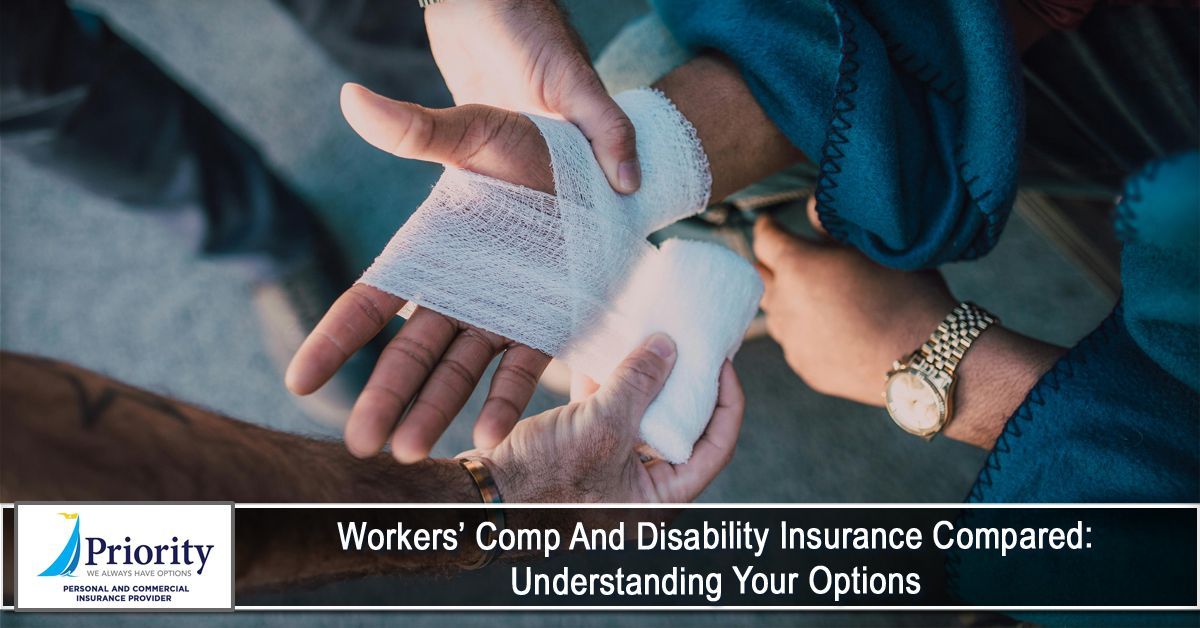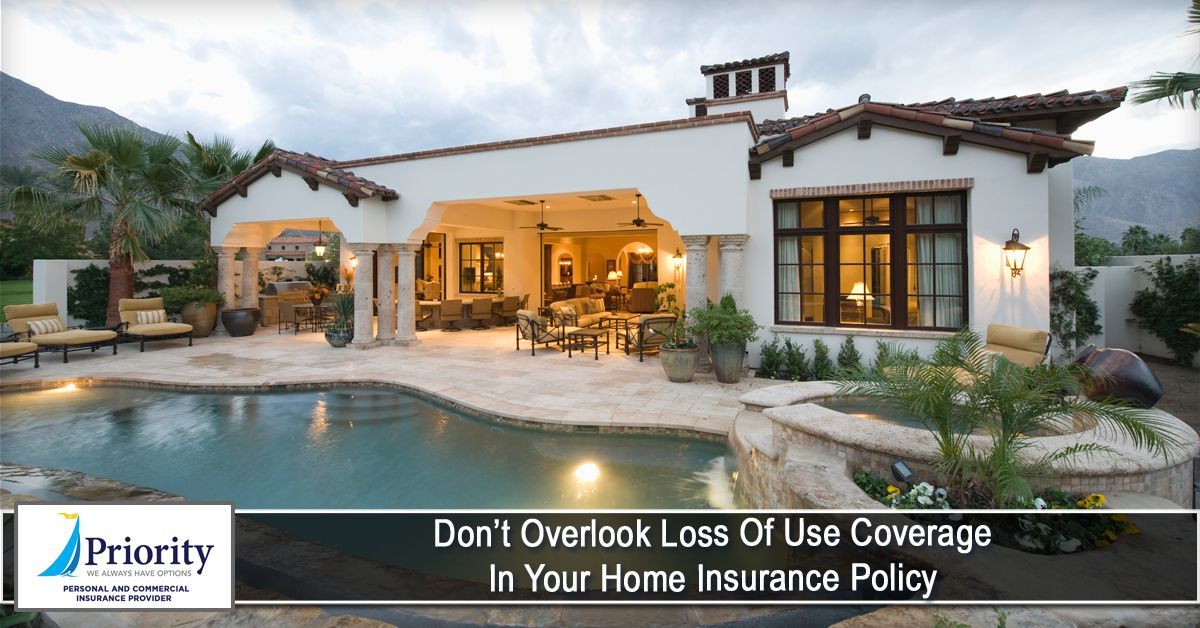
Your home is one of your most valuable assets, and protecting it goes beyond locking the doors or installing a security system. Home insurance is a vital safety net that shields you from the financial fallout of unexpected events like fire, theft, or natural disasters. But not all home insurance is the same—and understanding the different types of protection available is essential for choosing the right policy.
In this guide, we’ll break down the main types of home insurance coverage, what they protect, and why each one plays an important role in safeguarding your property and peace of mind.
1. Dwelling Coverage (Coverage A)
What it covers:
This is the core of any homeowners insurance policy. Dwelling coverage pays to repair or rebuild your home’s structure if it’s damaged or destroyed by a covered peril—such as fire, hail, windstorm, or vandalism.
Includes:
- Walls, roof, flooring
- Built-in appliances and fixtures
- Attached structures like garages or decks
Why it matters:
Without this protection, you could be left paying tens or hundreds of thousands of dollars out of pocket after a disaster.
2. Personal Property Coverage (Coverage C)
What it covers:
This protects your belongings inside the home, including furniture, electronics, clothing, and more—whether the damage occurs inside your home or even outside (like items stolen from your car).
Includes:
- Theft, fire, or storm damage
- Items stored off-premises (to a limited extent)
- Some high-value items (with limits)
Tip:
Consider adding scheduled personal property coverage for high-value items like jewelry, artwork, or collectibles that exceed standard policy limits.
3. Liability Protection (Coverage E)
What it covers:
Liability coverage protects you if someone is injured on your property or if you accidentally cause damage to someone else’s property.
Includes:
- Medical expenses for injured guests
- Legal fees if you’re sued
- Damage caused by pets (depending on breed and insurer)
Why it matters:
Lawsuits and medical bills can be financially devastating. Liability insurance offers critical protection against unexpected legal costs.
4. Loss of Use / Additional Living Expenses (Coverage D)
What it covers:
If your home becomes uninhabitable due to a covered event, this coverage pays for temporary living expenses like hotel stays, meals, and transportation.
Why it matters:
You won’t have to worry about extra costs while your home is being repaired or rebuilt.
5. Other Structures Coverage (Coverage B)
What it covers:
This pays to repair or replace detached structures on your property, such as:
- Sheds
- Fences
- Detached garages
- Guest houses
Why it matters:
These structures are part of your property—and without this coverage, damage could be costly to repair on your own.
6. Additional and Optional Coverages
Depending on where you live and your specific needs, you might consider adding these types of coverage:
- Flood Insurance – Standard homeowners insurance does not cover flood damage. This must be purchased separately (often through FEMA’s National Flood Insurance Program).
- Earthquake Insurance – Not included in most policies and must be added in high-risk areas.
- Water Backup Coverage – Covers damage from backed-up drains or sump pump failures.
- Identity Theft Protection – Some insurers offer monitoring and recovery services as an add-on.
Final Thoughts
Understanding the different kinds of home insurance protection empowers you to make informed decisions—and avoid coverage gaps that could cost you dearly in the future. From the structure of your home to your personal belongings and legal liability, each component of your policy plays a crucial role.
Your home is more than a place—it’s your foundation. Make sure it’s properly protected.
At Priority Insurance LLC, we put our clients first by offering them policies that they can afford. Having insurance is a necessity nowadays, and we're here to help you out. Learn more about our products and services by calling our agency at (864) 297-9744. You can also request a free quote by CLICKING HERE.
Disclaimer: The information presented in this blog is intended for informational purposes only and should not be considered as professional advice. It is crucial to consult with a qualified insurance agent or professional for personalized advice tailored to your specific circumstances. They can provide expert guidance and help you make informed decisions regarding your insurance needs.











